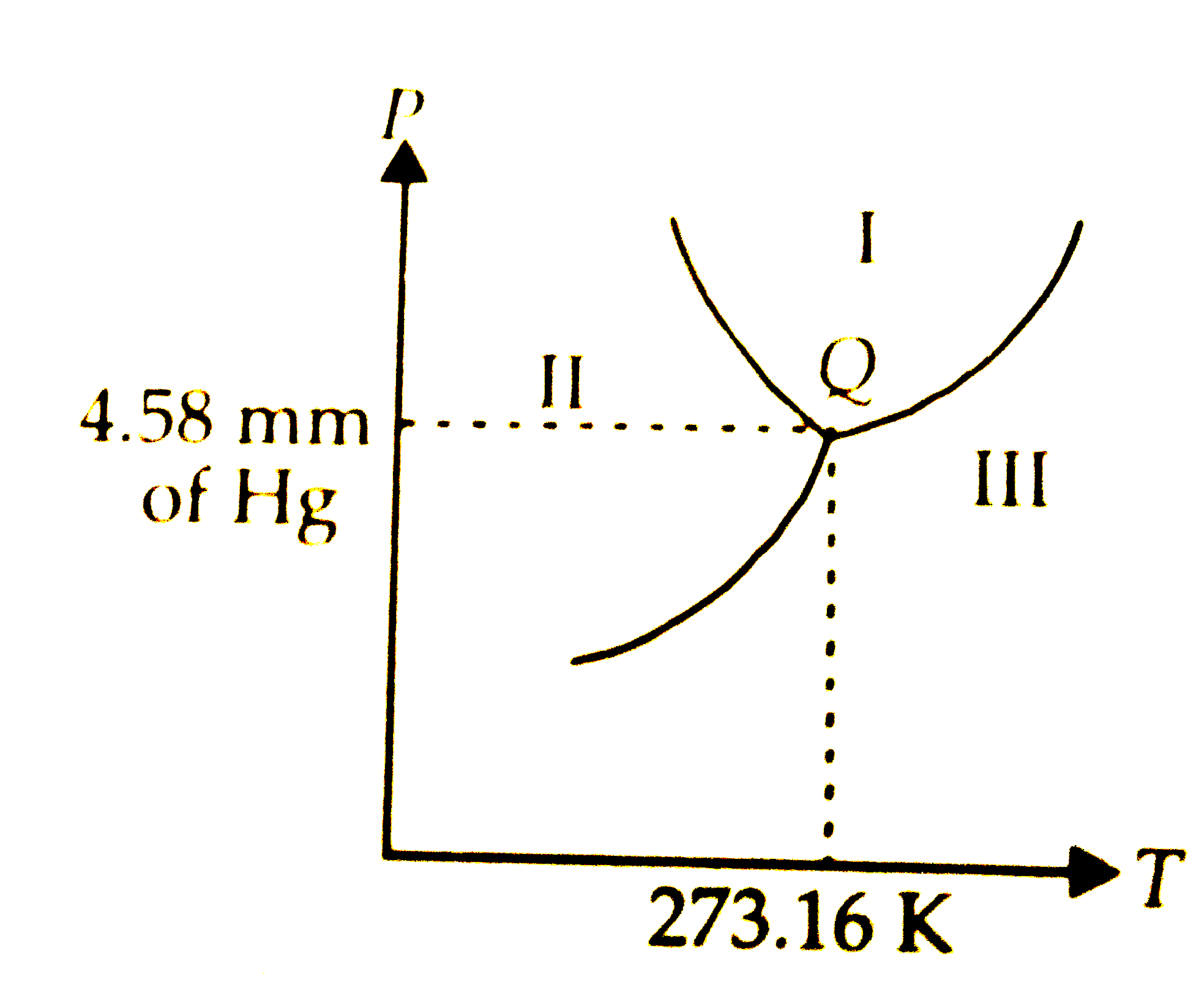Triple point of water is
Step by step video & image solution for Triple point of water is by Physics experts to help you in doubts & scoring excellent marks in Class 11 exams.
Updated on:21/07/2023Topper's Solved these Questions
- Thermal Properties of MatterBOOK - SL ARORACHAPTER - Thermal Properties of MatterEXERCISE - Exercise
449 Videos
- System of particles & rotational MotionBOOK - SL ARORACHAPTER - System of particles & rotational MotionEXERCISE - EXERCISE
353 Videos
- THERMODYNAMICSBOOK - SL ARORACHAPTER - THERMODYNAMICSEXERCISE - Exercise
342 Videos
Similar Questions
A gas thermometer measures the temperature from the variation of pressure of a sample of gas. If the pressure measured at the melting point of lead is 2.20 times the pressure measured at the triple point of water, find the melting point of lead.
View SolutionAnswer the following :
(a) The triple-point of water is a standard fixed point in modern thermometry. Why ? What is wrong in taking the melting point of ice and the boiling point of water as standard fixed points (as was originally done in the Celsius scale) ?
(b) There were two fixed points in the original Celsius scale as mentioned above which were assigned the number 0∘C and 100∘C respectively. On the absolute scale, one of the fixed points is the triple-point of water, which on the Kelvin absolute scale is assigned the number 273.16 K. What is the other fixed point on this (Kelvin) scale ?
(c ) The absolute temperature (Kelvin scale) T is related to the temperature tc on the Celsius scale by
tc=T−273.15
Why do we have 273.15 in this relation, and not 273.16 ?
(d) What is the temperature of the triple-point of water on an absolute scale whose unit interval size is equal to that of the Fahrenheit scale ?
View Solution
Knowledge Check
At the triple point of water there exists an equilibrium between
Aice and waterBice and vapoursCice, water and vapoursDnone of the above.At the triple point of water how do the entropies of solid, liquid, and gas compare?
AS∘solid<S∘liquid<S∘gasBS∘solid=S∘liquid<S∘gasCS∘gas<S∘solid<S∘liquidDS∘solid=S∘liquid=S∘gasIn the phase diagram showns, the point Q corresponds to the triple point of water. The region I, II and III respectively correspond to phases
 Aliquid, solid, vapourBsolid, liquid, vapourCliquid, vapour, solidDsolid, vapour, liquid
Aliquid, solid, vapourBsolid, liquid, vapourCliquid, vapour, solidDsolid, vapour, liquid
Answer the following :
(a) The triple-point of water is a standard fixed point in modern thermometry. Why ? What is wrong in taking the melting point of ice and the boiling point of water as standard fixed points (as was originally done in the Celsius scale) ?
(b) There were two fixed points in the original Celsius scale as mentioned above which were assigned the number 0∘C and 100∘C respectively. On the absolute scale, one of the fixed points is the triple-point of water, which on the Kelvin absolute scale is assigned the number 273.16 K. What is the other fixed point on this (Kelvin) scale ?
(c ) The absolute temperature (Kelvin scale) T is related to the temperature tc on the Celsius scale by
tc=T−273.15
Why do we have 273.15 in this relation, and not 273.16 ?
(d) What is the temperature of the triple-point of water on an absolute scale whose unit interval size is equal to that of the Fahrenheit scale ?
View SolutionTwo ideal gas thermometer A and B use oxygen and hydrogen respectively . The following observations are made:
Temperature, Pressure therometer A, Pressure therometer B
Triple point of water, 1.250×105Pa, 0.200×105Pa
Normal melting point of sulphur, 1.797×105Pa, 0.287×105Pa
(a) What is the absolute temperature of normal melting point of sulphur as read by thermometers A and B ?
(b) What do you think is the reason for the slightly different answers from A and B ? (The thermometers are not faulty). what further procedure is needed in the experiment to reduce the discrepancy between the two readings.
View SolutionWrite short note on triple point of water
View SolutionWhat is the triple point of water on a Fahrenheit scale ? What is the absolute zero on this scale ?
View SolutionAt the triple point of water wheater the relative amounts of ice, water and vapour fixed or not. Explain.
View Solution
